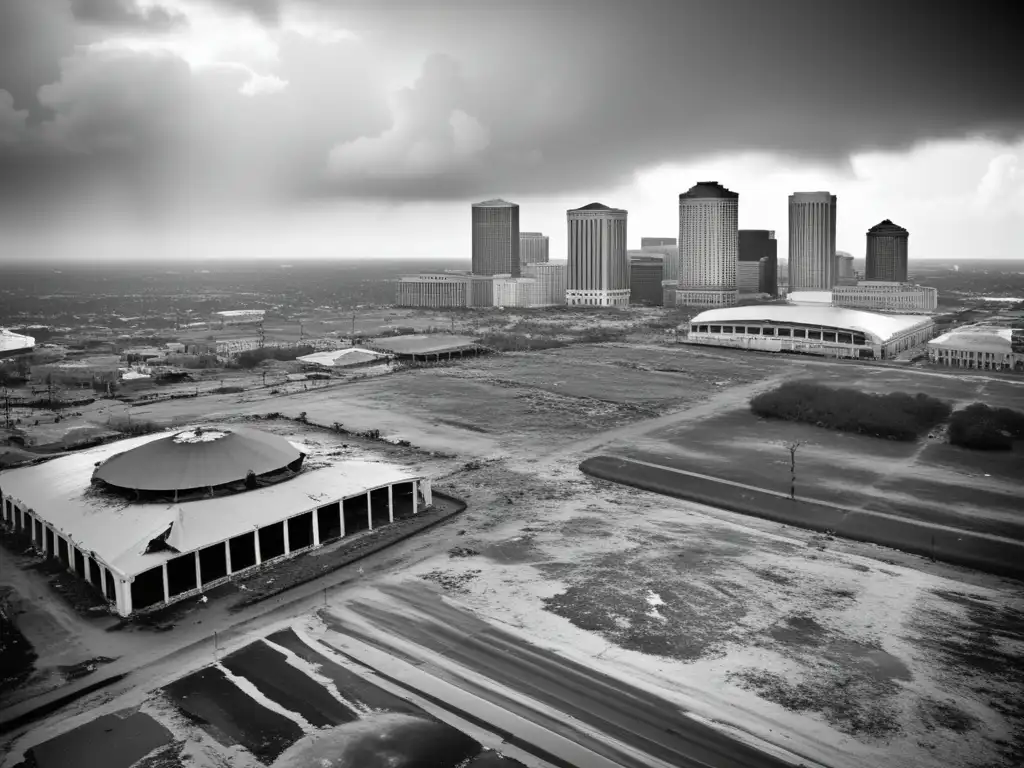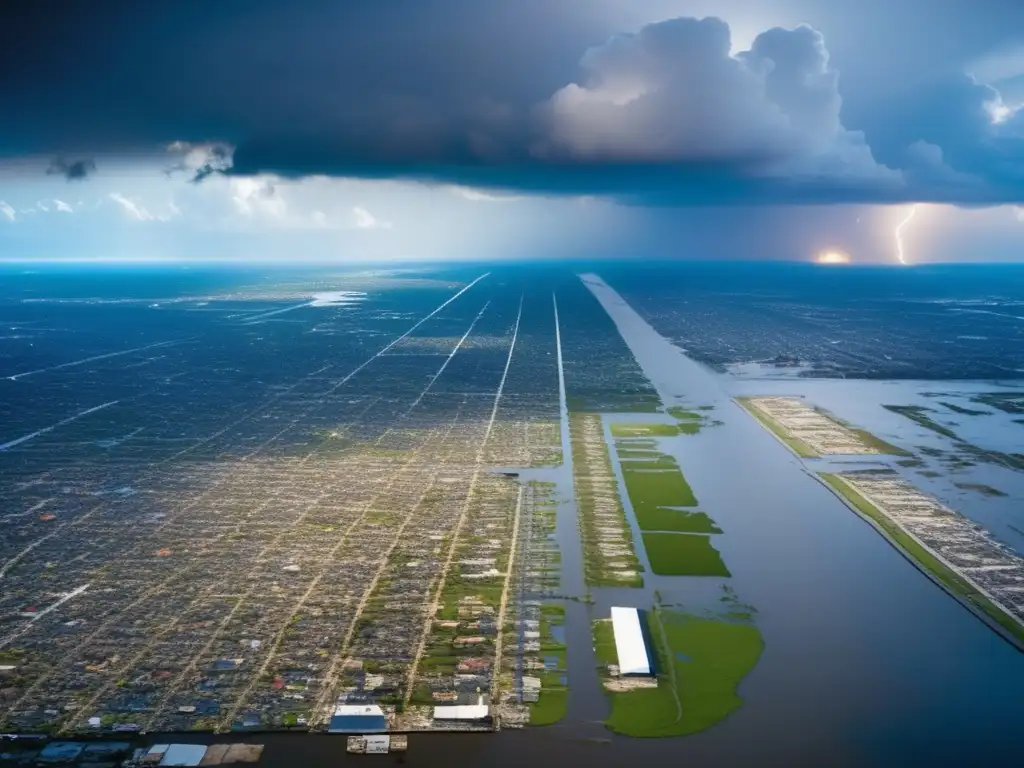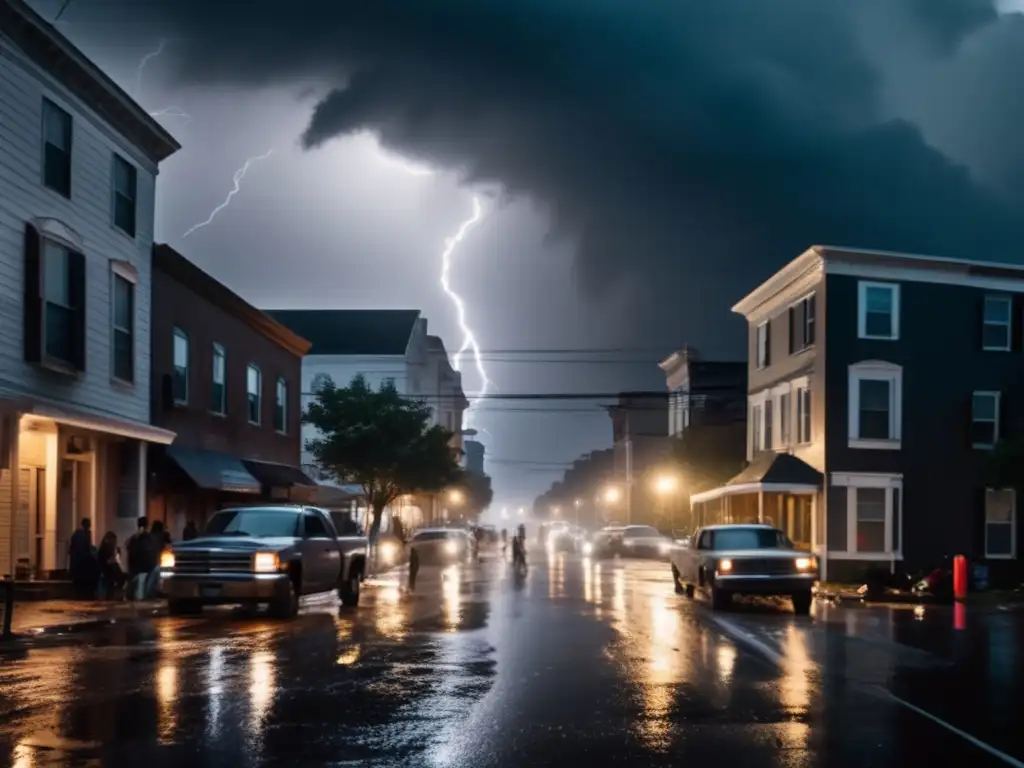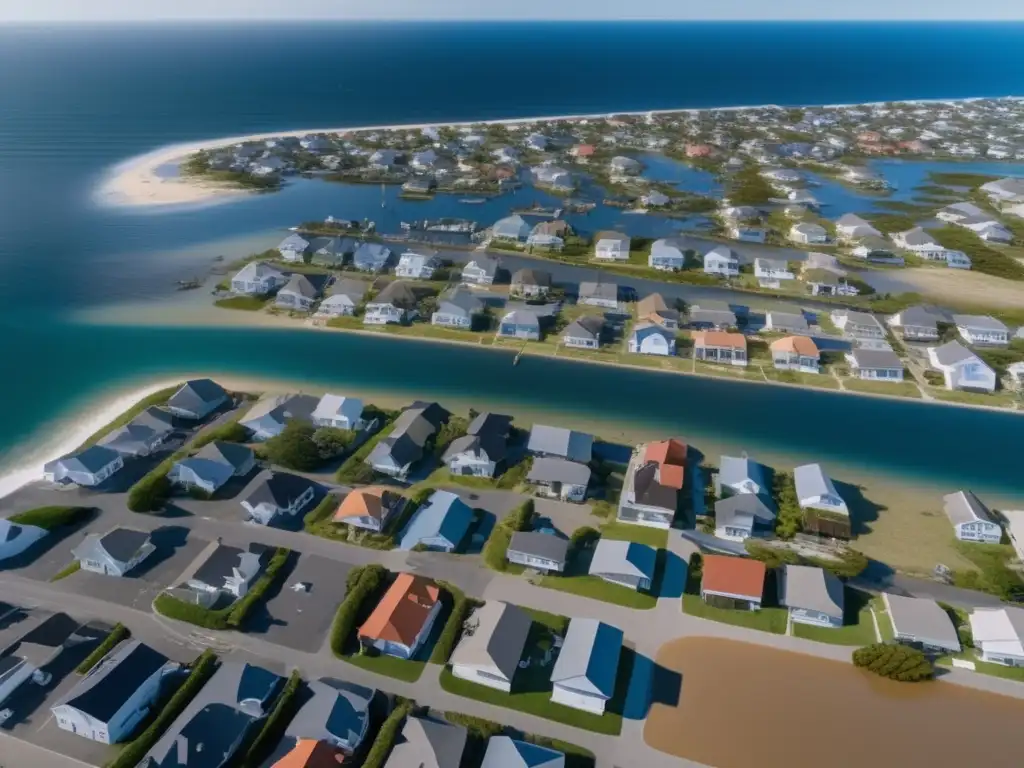Lessons From Hurricane Katrina: What We Learned

Lessons from Hurricane Katrina: What We Learned
Introduction
As one of the most devastating hurricanes to hit the United States in recent history, Hurricane Katrina taught us several important lessons about hurricane preparedness and response. The Category 5 storm, which made landfall in Louisiana on August 29, 2005, caused over 1,800 fatalities and $125 billion in damages. These tragic outcomes have spurred significant improvements to emergency response systems and disaster management practices. In this article, we explore some of the key lessons learned from Hurricane Katrina that can inform future hurricane preparation and response efforts.
The importance of early warnings

Effective communication strategies
Hurricane Katrina highlighted the need for timely and effective communication between emergency management officials and the public. Many residents in New Orleans did not heed early evacuation warnings due to a lack of understanding of the severity of the situation or an inability to follow instructions. Officials also faced challenges in disseminating information to disadvantaged communities or those without access to transportation. Post-Katrina improvements have included increased utilization of social media platforms, such as Twitter and Facebook, to disseminate urgent updates and facilitate two-way communication between authorities and residents. Additionally, alerts and warnings are now issued in multiple languages and distributed through various channels, including text messages, radio announcements, and NOAA Weather Radio.
Improved forecasting technology and accuracy
Another key lesson learned from Hurricane Katrina was the need for improved forecasting technology and accuracy. The National Hurricane Center (NHC) has since invested in advanced tools and models, such as the Hurricane WRF model, which provides more detailed and accurate forecasts of storm tracks and intensity. Additionally, emergency managers are now able to track storms in real-time using weather radar and satellite imagery, allowing for more accurate predictions of the potential impacts of a storm. These improvements have enabled residents to better prepare for storms and evacuate when necessary, reducing the likelihood of fatalities and injuries.
Effective evacuation planning and implementation
Hurricane Katrina demonstrated the importance of effective evacuation planning and implementation. The storm overwhelmed critical infrastructure and created logistical challenges for first responders and emergency managers, making it difficult to coordinate and implement evacuations in a timely and efficient manner. In response, authorities have developed more robust evacuation plans that take into account the unique needs and challenges facing specific communities. For instance, Hurricane Katrina highlighted the need for special evacuation plans for nursing homes and hospitals, which are now implemented in many hurricane-prone areas. Additionally, emergency managers have improved communications with transportation providers, such as bus companies, to ensure adequate transportation resources are available during emergency operations.
The need for resilient infrastructure

Hardened infrastructure and building codes
Hurricane Katrina damaged or destroyed much of the infrastructure in New Orleans and other impacted areas. The storm exposed the vulnerabilities of critical infrastructure systems, including levees, floodwalls, and pumping stations, which were not designed to withstand a Category 5 hurricane. Since the storm, there has been a major push for hardened infrastructure and stringent building codes, especially in areas prone to storm surge and flooding. The Army Corps of Engineers has invested billions of dollars in rebuilding and strengthening levees and other flood control systems. Building codes have been updated to require more resilient construction practices, such as elevated foundations and roof anchors, to better withstand high winds and flooding.
Investing in green infrastructure
Another important lesson from Hurricane Katrina is the recognition of the value of green infrastructure in mitigating the impacts of future hurricanes. Green infrastructure, such as wetlands, natural shorelines, and parks, can help reduce storm surge, protect against erosion, and provide additional recreational and environmental benefits. In the years since Hurricane Katrina, many communities have made significant investments in green infrastructure projects, such as wetland restoration and shoreline stabilization, to aid in hurricane resilience efforts.
Backup power and emergency systems
Hurricane Katrina also highlighted the importance of backup power and emergency systems in critical infrastructure. When the city's power grid failed, hospitals, emergency services, and other critical facilities were left without electricity or water for an extended period. In response, facilities such as hospitals and nursing homes are now required to have backup generators and other emergency systems in place to ensure continuity of care during power outages. Additionally, emergency operations centers and other critical facilities are designed with redundancy and fail-safe measures to ensure continuity of essential operations during disasters.
Community Preparedness

Importance of individual preparedness
Hurricane Katrina demonstrated the importance of individual preparedness in the face of a major disaster. Residents who took adequate steps to prepare, such as gathering emergency supplies and creating evacuation plans, were more likely to successfully weather the storm. Since Hurricane Katrina, there has been increased emphasis on individual and community preparedness, including the development of evacuation plans and the creation of emergency supply kits.
Supporting vulnerable populations
Another important lesson learned from Hurricane Katrina is the need to support vulnerable populations, including low-income households, the elderly, and individuals with disabilities. These populations may be less equipped to deal with the impacts of a major hurricane, and it is important to ensure that they have access to the resources needed to protect themselves and their families. Post-Katrina efforts have focused on providing specialized assistance to these populations, such as accessible transportation and shelter options, to ensure they are not left behind during disaster response efforts.
The role of volunteers and community organizations
Hurricane Katrina also highlighted the crucial role of volunteers and community organizations in disaster response and recovery efforts. In the aftermath of the storm, thousands of volunteers from around the country descended on impacted areas to assist with everything from search and rescue operations to distributing supplies and providing emotional support. Local community organizations, such as churches and non-profits, played a critical role in helping impacted residents rebuild and recover. Today, there are numerous volunteer and community organizations dedicated to hurricane preparation and response efforts, providing critical resources and support during times of crisis.
Frequently Asked Questions

-
What caused Hurricane Katrina?
Hurricane Katrina was a natural disaster caused by warm water temperatures in the Atlantic Ocean and Gulf of Mexico, which provided the fuel needed to strengthen the storm into a Category 5 hurricane.
-
What were some of the most significant impacts of Hurricane Katrina?
Hurricane Katrina caused over 1,800 fatalities and $125 billion in damages. The storm impacted infrastructure, homes, and businesses across Louisiana, Mississippi, and Alabama. It resulted in widespread flooding, power outages, and other disruptions to critical infrastructure systems.
-
What is being done to improve hurricane preparedness and response in the wake of Hurricane Katrina?
Since Hurricane Katrina, there have been significant improvements to emergency response systems and disaster management practices. These include enhanced communication strategies, improved forecasting technology, more robust evacuation planning, strengthened infrastructure, and increased emphasis on individual and community preparedness.
-
How can individuals and communities prepare for hurricanes?
Individuals and communities can prepare for hurricanes by creating evacuation plans, gathering emergency supplies, and ensuring they have access to critical resources such as food, water, and medical supplies. It is also important to stay informed about the latest weather updates and to heed evacuation warnings from local authorities.
-
What role do volunteers and community organizations play in hurricane response and recovery efforts?
Volunteers and community organizations play a critical role in hurricane response and recovery efforts. They provide vital resources and support to impacted residents and help ensure that no one is left behind during disaster response efforts.
Conclusion
Hurricane Katrina was a tragic event that highlighted the importance of effective hurricane preparedness and response. While much progress has been made in improving emergency response systems and disaster management practices since the storm, there is still much work to be done to ensure that communities are adequately prepared for future hurricanes. By taking the lessons learned from Hurricane Katrina to heart and continuing to invest in hurricane resilience efforts, we can help protect our communities and mitigate the impacts of these devastating storms.
Whether you live in a hurricane-prone area or not, it is important to stay informed and engaged when it comes to hurricane preparedness and response. By working together and supporting each other during times of crisis, we can build a more resilient and prepared society.
Additional Resources

For more information on hurricane preparedness and response, visit the following resources:
- NOAA National Hurricane Center - https://www.nhc.noaa.gov/
- Ready.gov - https://www.ready.gov/hurricanes
- American Red Cross - https://www.redcross.org/get-help/how-to-prepare-for-emergencies/types-of-emergencies/hurricane.html
 Post-Storm Flooding: The Hidden Danger Of Hurricanes
Post-Storm Flooding: The Hidden Danger Of Hurricanes Why Are Hurricanes Less Common In The South Atlantic?
Why Are Hurricanes Less Common In The South Atlantic? The Economic Consequences Of Major Hurricanes
The Economic Consequences Of Major HurricanesIf you want to discover more articles similar to Lessons From Hurricane Katrina: What We Learned, you can visit the Basic knowledge about hurricanes: category.
Leave a Reply

Articulos relacionados: